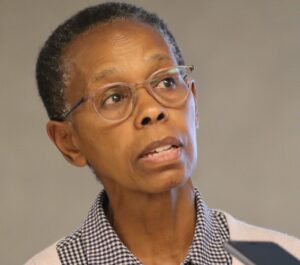
A general view of damage following a powerful earthquake in Amizmiz, Morocco, Sept. 9 2023. Photo REUTERS

The death toll resulting from the devastating earthquake that struck Morocco last Friday has surpassed 2,000, according to authorities.
There are concerns that this number may continue to rise as rescue teams encounter difficulties reaching remote areas that have been severely impacted.
The Interior Ministry of Morocco has officially confirmed that at least 2,012 individuals have lost their lives due to the powerful tremor. The majority of these casualties occurred in Marrakech and five nearby provinces, all close to the earthquake’s epicenter.
Additionally, the ministry has reported that 2,059 people have been injured, with 1,404 in critical condition. This earthquake, measuring 6.8 on the Richter scale, is the most significant to hit Morocco in the past 120 years. It caused panic and disbelief among the population, with reports of falling dishes and wall hangings, as well as people being knocked off their feet. The quake also led to the collapse of stone and masonry walls, burying entire communities in rubble.
Each town nestled along the steep and winding switchbacks of the High Atlas mountains experienced a similar scene of devastation. Houses crumbled inward, and amidst this tragedy, parents wept while young boys, wearing helmets, carried the deceased through the streets.
In the remote villages, like those in the drought-stricken Ouargane Valley, isolation became a harsh reality as they lost access to electricity and cellphone service.
As the day progressed, residents gathered outside to mourn their neighbors, document the destruction on their mobile phones, and share words of hope, saying, “May God protect us.”
In the historic city of Marrakech, scenes of anxiety unfolded on state television as people hesitated to re-enter buildings that might still pose a threat due to instability.
Notably, Marrakech’s renowned Koutoubia Mosque, a 12th-century marvel, sustained damage, though the full extent remained uncertain. Its 69-meter (226-foot) minaret, known as the “roof of Marrakech,” faced potential harm. Moroccans also shared videos online, revealing damage to sections of the iconic red walls surrounding the old city, a UNESCO World Heritage site.





